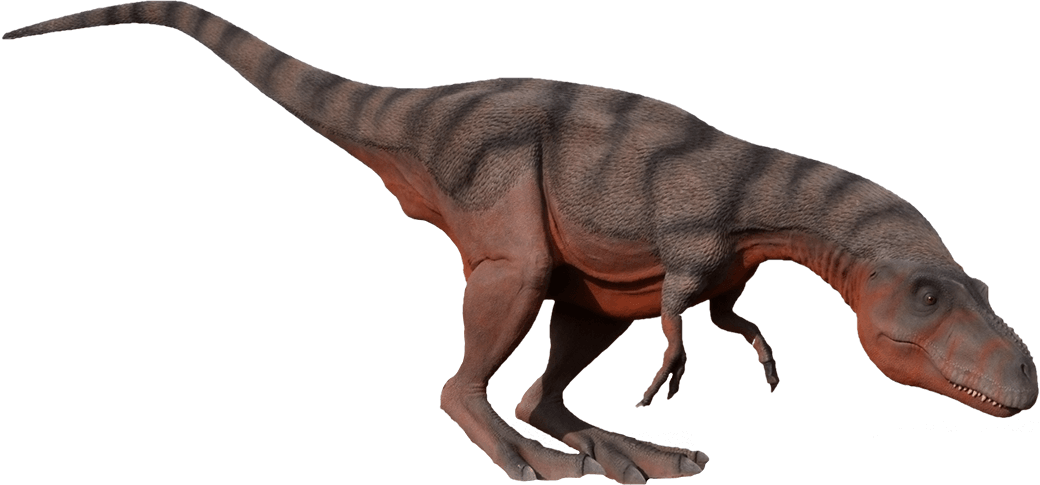Spring has sprung!
Spring Deals: Save 50% on memberships with code: SPRING
We are open 6 days a week from 10am to 6pm, with last entry 5pm! Closed Wednesdays!
(Please check our social media pages @moabgiants for discounts, offers and more!)
Thank you all for your support!
Trackmaker of the Wakinyantanka footprint

Diet : Carnivorous
Habitat : Peat bogs, the river deltas and floodplains
Length : 6.5 feet (2 meters) - 33 feet (10 meters)
Weight : Approximately 5,300 lb (2.4 tonnes)
Wakinyantanka means “great thunderbird”. Original type material of that kind of footprints came from the Late Cretaceous of Hell Creek Formation – South Dakota. It comprises large, slender-toed, tridactyl tracks about as wide as long and digits lack well-defined phalangeal pads. Similar ichnites to Wakinyantanka are also known from the Late Cretaceous strata of southeastern Poland and the Blackhawk Formation of Price area in Utah.
Albertosaurs lived in western North America during the Late Cretaceous. The species Albertosaurus sarcophagus, was found in Alberta, Canada. It had a huge, more than 1 m long, skull armed with more than 60 large, sharp teeth. Its two-fingered forelimbs were relatively small. The hindlimbs had four toes, but only three of them touched the ground. The middle one was the longest. The first toe was like a “spur” and had no contact with the ground. These animals could run at a speed of up to 28 mph (45 kph). More than 30 individuals have been discovered, of which 22 were found in one place near Drumheller (Alberta, Canada). The youngest of them was estimated as two years old but the oldest one was estimated at 28 years old and reached an impressive length of more than 33 feet.
© 2017 Moab Giants. All Rights Reserved | Site & Utah Search Engine Marketing by Red Olive